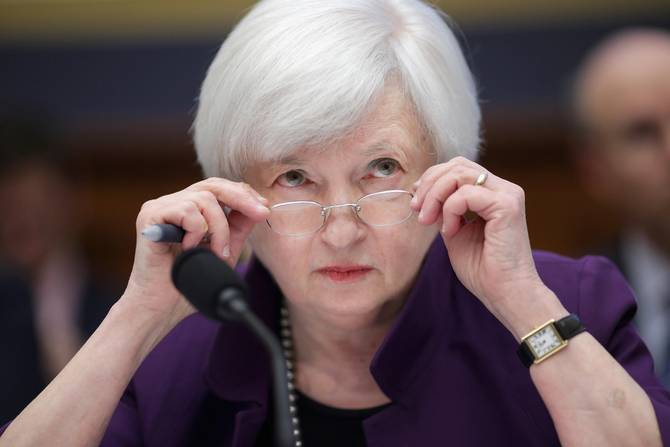Robbing Peter to pay Paul
Robbing Peter to pay Paul
The pain will return harder, longer and stronger until this debt ceiling is managed.
 Chip Somodevilla via Getty Images
Chip Somodevilla via Getty Images
As the US crashed into the $31.4 trillion debt ceiling yesterday, the Treasury Department began taking what it called “extraordinary measures” to prevent the government from defaulting on its debts and sparking an economic crisis. What does that actually mean? These measures are a series of deep-cut accounting moves that allow the Treasury to continue making its payments. They include:
And while these measures definitely aren’t ordinary…they probably aren’t so “extra,” either. The Treasury has resorted to them more than 12 times since 1985, including during the last debt-ceiling standoff in 2021. Still, these steps amount to chugging water after eating a ghost pepper—the pain will return. Treasury Secretary Janet Yellen said her extraordinary measures will last through early June, giving lawmakers about five months to work out a deal to raise the debt ceiling. |
Comments
Post a Comment